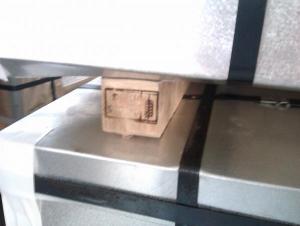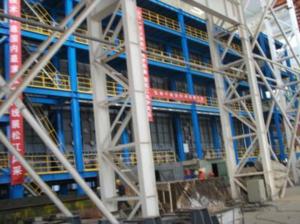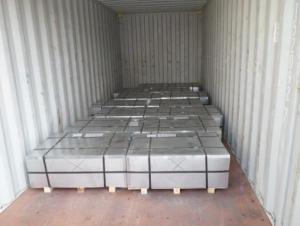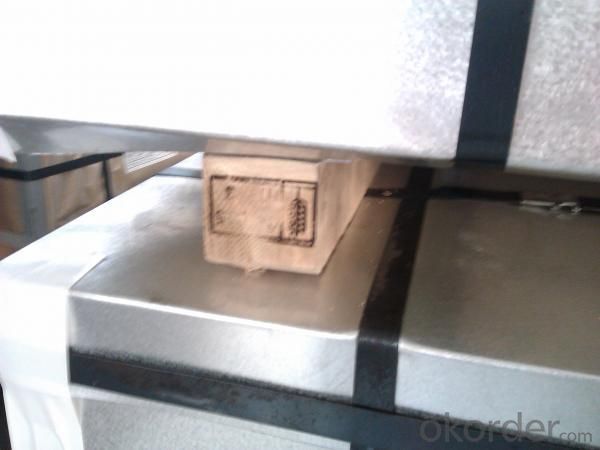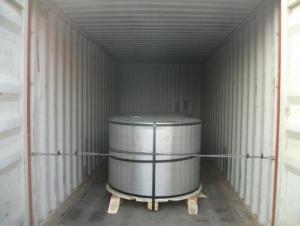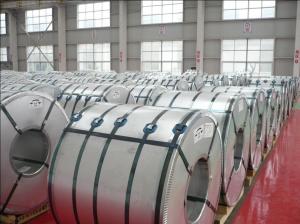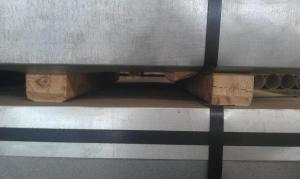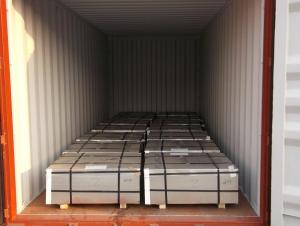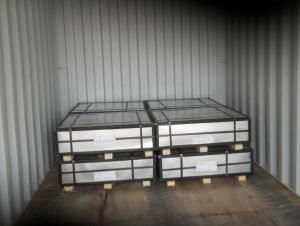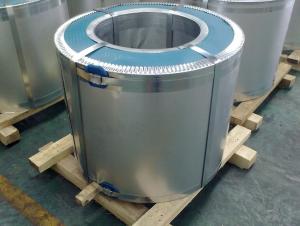Tinplate For Pencial Box-CHBB
- Loading Port:
- China Main Port
- Payment Terms:
- TT or L/C
- Min Order Qty:
- 20Tons~25 Tons m.t.
- Supply Capability:
- 40000 m.t. Per Month m.t./month
OKorder Service Pledge
OKorder Financial Service
You Might Also Like
General information of Tinplate for Pencial Box
Steel Type | SPCC |
Temper (BA&CA) | T1~T5, DR8 |
Coating | 2.8~8.4g/m2 |
Thickness & Tolerance | 0.15~0.5mm (Tolerance:±0.01mm) |
Width & Tolerance | 600~1000 mm(Tolerance: +2/-0mm) |
I.D | 508 MM |
Coil Weight | 3~10 MT |
Passivation | 311 |
Oiling | DOS |
Surface Finish | Bright ,Stone ,Silver ,Matte |
Min Order | 25 Tons for 1 20 feet FCL |
Package | Seaworthy Export Standard Wooden Pallet |
Standard Available | GB/T2520-2000, JIS G3303, ASTM A623, BS EN10202 |
Lead Time | 35 days after receiving buyer's original L/C or Prepayment |
Special specifications are available on customers' requirements. | |
Technical data of Tinplate for Pencial Box
Chemical Composition(%) | Mechanical Property |
C:0.04~0.06 | Yield Strength: (Mpa):280~320 |
Si:0.01~0.03 | TensileStrength: (Mpa):340~390 |
Mn:0.18~0.22 | Elongation:20%~30% |
P:0.014~0.016 | ------------- |
S:0.006~0.009 |
Application of Tinplate for Pencial Box
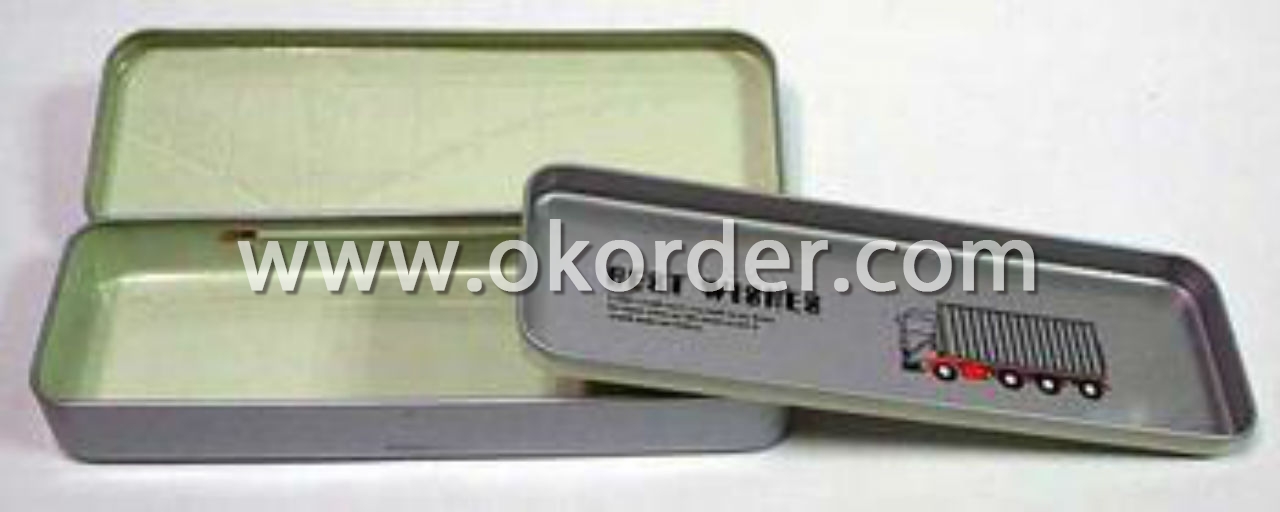

Tinplate is widely used for making all types of containers such as artistic cans, tea cans, painting cans,
chemical package cans and metal printing etc. Its applications are not limited to containers; recently,
tinplate has also been used for making electrical machinery parts and many other products.
Equipment and Facility of Tinplate
Tin Coating Line
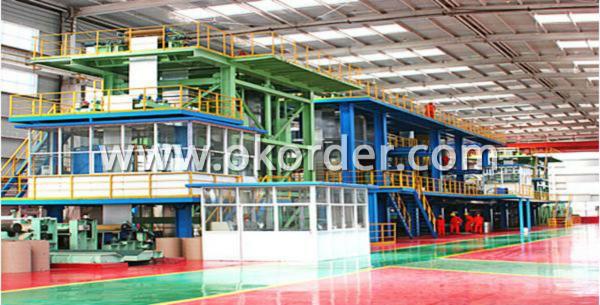
Cold Rolling Mill Batch Annealing Furnaces
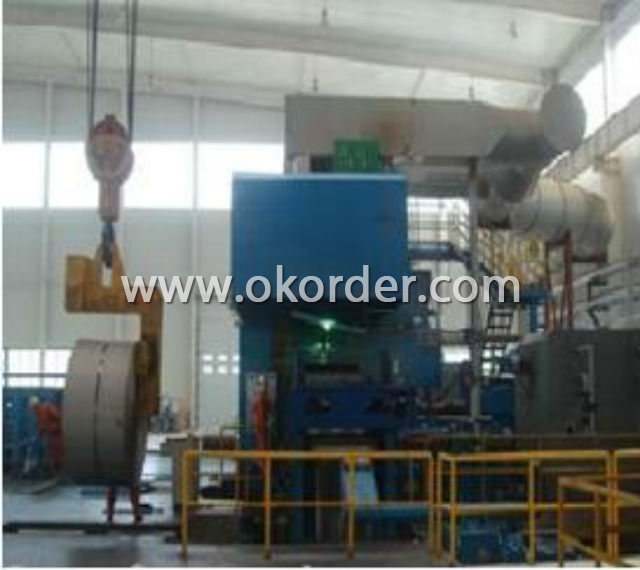
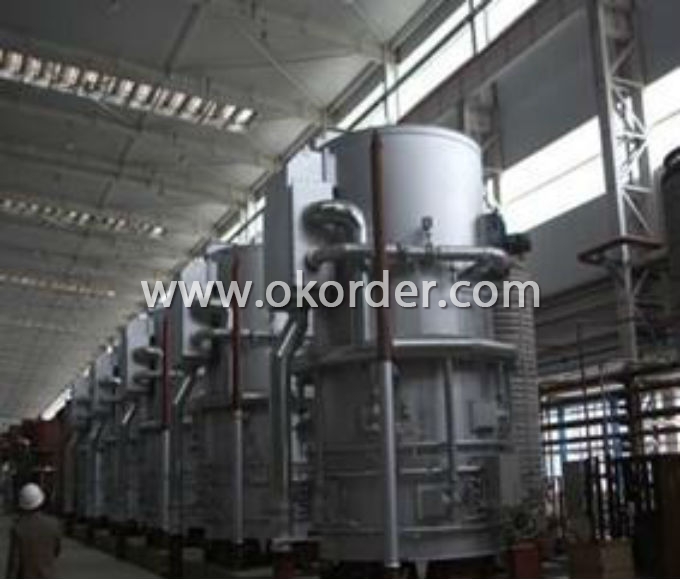
Cutting Line Stock Area

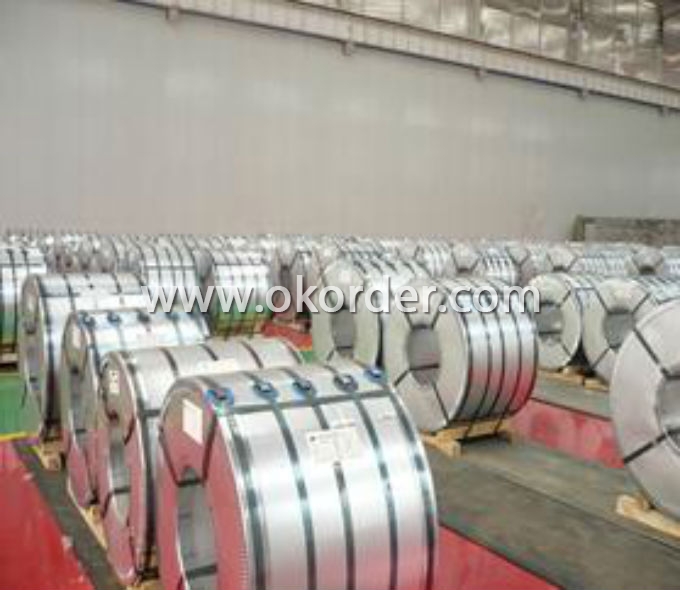
Quantity Control System of Tinplate
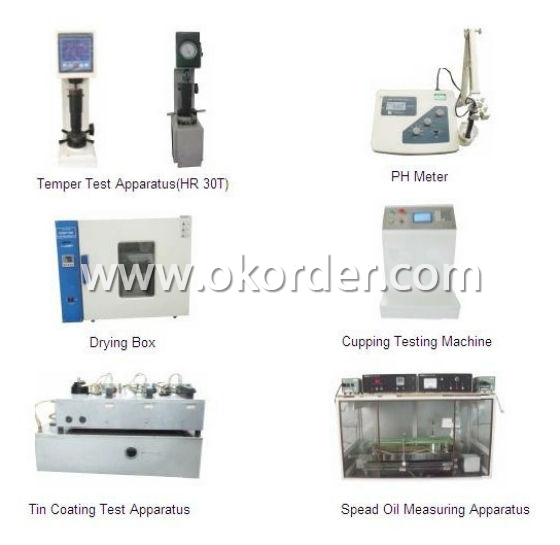
- Q: How does tinplate contribute to the overall tamper-evident packaging?
- Tinplate contributes to the overall tamper-evident packaging by providing a strong and durable material that can be easily sealed and remains intact when tampering is attempted. Its resistance to corrosion and tampering makes it an ideal choice for ensuring the security of packaged products.
- Q: How does tinplate contribute to the circular economy?
- Tinplate contributes to the circular economy by being highly recyclable and reusable. It can be easily collected, sorted, and processed into new tinplate products, reducing the need for virgin materials. This closed-loop recycling system reduces waste, conserves resources, and minimizes the environmental impact of tinplate production and consumption. Additionally, tinplate's durable and protective properties prolong the lifespan of packaged goods, further contributing to a more sustainable and circular economy.
- Q: How does tinplate contribute to the preservation of aerosol products?
- Tinplate contributes to the preservation of aerosol products through its excellent barrier properties. The tin coating on the steel provides a protective layer that prevents the metal from reacting with the contents of the aerosol can, thus preserving the quality and efficacy of the product. Additionally, tinplate cans offer resistance to corrosion and provide a hermetic seal, preventing any external elements from contaminating the aerosol contents.
- Q: How does tinplate packaging affect the shelf life of products?
- Tinplate packaging can significantly extend the shelf life of products. Tinplate is a durable and corrosion-resistant material that provides an effective barrier against moisture, oxygen, and light. This protective layer helps to prevent spoilage, maintain product quality, and prolong the freshness of food and other perishable items. Additionally, tinplate packaging offers enhanced protection against external contaminants, such as bacteria, ensuring the safety and integrity of the product throughout its shelf life.
- Q: How does tinplate packaging contribute to product visibility?
- Tinplate packaging contributes to product visibility by offering a sleek and shiny surface that enhances the visual appeal of the product. The reflective nature of tinplate allows for better light reflection, making the packaging stand out on store shelves and attracting consumers' attention. Additionally, tinplate can be easily printed and decorated with vibrant designs, logos, and product information, further enhancing product visibility and brand recognition.
- Q: What are the different types of tinplate printing techniques?
- The different types of tinplate printing techniques include offset lithography, screen printing, and digital printing.
- Q: What are the common safety features for tinplate packaging?
- Some common safety features for tinplate packaging include tamper-evident seals, child-resistant closures, and durable construction to prevent breakage or leakage. Additionally, many tinplate packaging products are also made with food-grade materials to ensure the safety of the contents.
- Q: How does tinplate affect the overall product tamper-evident features?
- Tinplate enhances the tamper-evident features of a product by providing a secure and durable packaging solution. Its unique properties, such as strength, rigidity, and resistance to corrosion, make it difficult for tampering attempts to go unnoticed. Additionally, tinplate can be easily sealed, ensuring that any unauthorized access or tampering is immediately visible to consumers.
- Q: How does tinplate compare to aluminum in terms of properties and applications?
- Tinplate and aluminum have distinct properties and applications. Tinplate is steel coated with a thin layer of tin, making it corrosion-resistant, ductile, and easily solderable. It is commonly used for food and beverage packaging, as well as in construction and automotive industries. On the other hand, aluminum is lightweight, non-corrosive, and possesses high thermal and electrical conductivity. It finds extensive use in aerospace, electrical, and packaging industries due to its strength and recyclability. While tinplate offers better barrier properties, aluminum excels in weight reduction and energy efficiency. Hence, the choice between the two depends on specific needs and requirements.
- Q: How is tinplate printed and decorated?
- Tinplate is commonly printed and decorated using various methods such as lithography, offset printing, and digital printing. These techniques involve applying ink onto the tinplate surface using specialized machines and equipment. The design or artwork is transferred onto the tinplate through a series of steps, including image preparation, plate-making, and printing. This process allows for vibrant and detailed designs to be applied to the tinplate, enhancing its visual appeal and marketability.
1. Manufacturer Overview
| Location | Hebei,China |
| Year Established | 2009 |
| Annual Output Value | US$2.5 Million - US$5 Million |
| Main Markets | North America South America Eastern Europe Southeast Asia Africa Mid East Eastern Asia Western Europe Central America Northern Europe Southern Europe Domestic Market |
| Company Certifications | ISO9001:2000 |
2. Manufacturer Certificates
| a) Certification Name | |
| Range | |
| Reference | |
| Validity Period |
3. Manufacturer Capability
| a) Trade Capacity | |
| Nearest Port | TIANJIN |
| Export Percentage | 11% - 20% |
| No.of Employees in Trade Department | 6-10 People |
| Language Spoken: | English, Chinese |
| b) Factory Information | |
| Factory Size: | Above 100,000 square meters |
| No. of Production Lines | Above 10 |
| Contract Manufacturing | |
| Product Price Range | Average |
Send your message to us
Tinplate For Pencial Box-CHBB
- Loading Port:
- China Main Port
- Payment Terms:
- TT or L/C
- Min Order Qty:
- 20Tons~25 Tons m.t.
- Supply Capability:
- 40000 m.t. Per Month m.t./month
OKorder Service Pledge
OKorder Financial Service
Similar products
Hot products
Hot Searches
Related keywords
